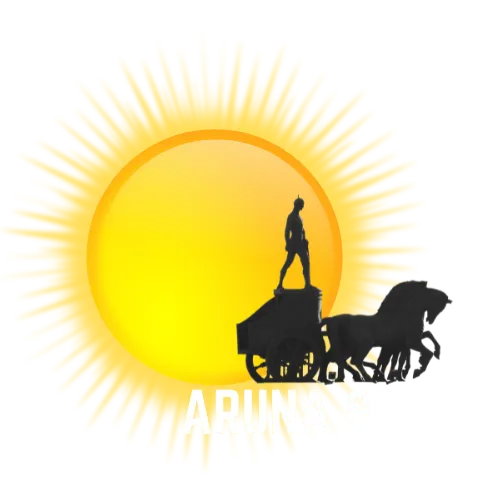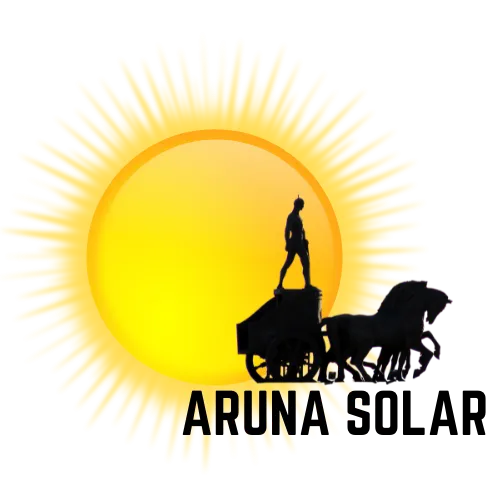Home / Solar
Own Your Energy!
Reduce Energy Costs!
Contact us for a free quote
Meet The Solar Process
1 Consultation
Meet with one of our energy consultants to discuss what your needs are and to answer your questions about switching to solar. This is simple, free and painless.
2 Design
Meet with one of our energy consultants to discuss what your needs are and to answer your questions about switching to solar. This is simple, free and painless.
3 Permitting
Meet with one of our energy consultants to discuss what your needs are and to answer your questions about switching to solar. This is simple, free and painless.
4 Installation
Meet with one of our energy consultants to discuss what your needs are and to answer your questions about switching to solar. This is simple, free and painless.
5 Activation
Meet with one of our energy consultants to discuss what your needs are and to answer your questions about switching to solar. This is simple, free and painless.

Call
(855) 680-9093
now to get a free quote
Don't wait any longer to turn your home into a smart home. Call now or fill out the form to get started!
Meet & Understand Our Solar Panels
Solar panels harness the sun’s power so you can generate clean energy. This means that you can have the electricity you need without the negative side effects that come with other energy production methods, such as burning fossil fuels that let off harmful gasses. On top of that, any extra watts your solar panel system produces is sent to your utility grid to provide clean energy to the city. Your system automatically exports your excess power to the public utility grid, which means you may become eligible to receive credits for all that extra power your solar energy system generates. It could also mean you’ll see a lower average power bill from your current energy provider.
This exchange of excess solar energy for utility credits is often referred to as Net Energy Metering or NEM, and it’s a major benefit to anyone thinking of making the switch from traditional energy providers to clean solar power. But we’ll talk more about that below.


Types Of Panels
Whether on a home, a business, or attached to an RV, you’ve probably noticed most solar panels look pretty similar. A typical panel is rectangular, dark blue or black, and often has a visible grid within it. But not all solar panels are the same so we’ll give you a quick rundown of the options out there.
The first thing to know is that there are two different types of solar panels: photovoltaic (often abbreviated to “PV”) and thermal. Thermal solar panels are a little more “Raiders of the Lost Ark” than PV panels, which are much more common. Thermal panels act like mirrors that redirect sunlight to generate heat. Photovoltaic, on the other hand, is the name for converting sunlight into electrical power to charge your solar power battery, power your home, or energize your workplace.
So, unless your neighbor has large, shiny, brass reflectors directing sunlight onto their water basin for a hot bath, you'll most likely be looking at the photovoltaic variant. And within PV panels, there are two subtypes: monocrystalline and polycrystalline. Both subtypes are made using silicone, which is a highly durable chemical element that converts energy from the sun into electrical energy can use to power your gadgets.
Monocrystalline
Monocrystalline is the more efficient of the two subtypes, and therefore most common. To make it, manufacturers take a vat of melted silicone and add crystalline “seed” to solidify it into bars, which are then cut into “wafers.” These wafers are the basic unit of your solar panel, and a bunch of these make a single pane.
By making one large sheet and cutting that into individual wafers, the manufacturer can make sure that each wafer shares a nearly identical crystalline structure. Hence the “mono” in monocrystalline. This keeps the wafers consistent and efficient.
These monocrystalline panels are often paired with solar cells that have cut off corners. “Cutting the corners” in solar energy doesn’t mean quite what it would in any other scenario. It helps to make the energy flow more efficiently. Solar panels have a silver lining between the cells that electrons travel along called a “bus bar.” Cutting off the corners creates a shortcut, making it so the electrons don’t have as far to travel.
Another difference you’ll spot among panels is their color. They alternate between black and blue, but the darker the color the more sunlight they absorb—which means more energy.
Polycrystalline
Polycrystalline is made in a very similar manner to monocrystalline but with fewer steps, and the crystals that are used to solidify the silicon aren’t made at the same quality or consistency. The solar cells are also square cut, forfeiting the benefit of the more efficient “cut-corners” approach. One of the problems with polycrystalline panels is that they can have gaps where the crystals meet or overlap, which means electrons can get trapped between the crystals. These panels are cheaper because they are less efficient, but are still capable of producing sufficient power for most situations.

Polycrystalline

How Solar Works
Our sun is the originator of almost all energy on the planet, and by using solar panels, you're simply cutting out the “middle-men.” We talked about how silicon can turn sunlight into electrical energy, but it doesn’t simply happen by magic. Or it does, but it’s “magic” that we at least somewhat understand.
The photovoltaic effect is a naturally occurring phenomenon where voltage and electrical current are created from exposure to light.
As we said, each solar panel contains photovoltaic (PV) cells. These cells convert photons into solar electricity by producing a direct current when sunlight hits the panels. But this is only the beginning. DC electricity can’t simply power your home. Some systems have one inverter for the entire setup or a microinverter for every panel. Either way, these inverters convert that direct current (DC) into alternating current (AC) to power your home.
Your newly generated electricity then runs through your net meter to power your appliances. It functions just like electricity would from your utility, but without all of the negative side effects on the environment. Even so, you’ll still be connected to the local grid so you can automatically use traditional power should the need arise. Staying connected to the grid comes with a few advantages, such as potential to share your clean energy and, if you don’t have a solar battery, tapping into traditional energy sources once the sun goes down. Depending on where you live, you might even be given a credit from your utility for sending your extra power to the grid.
The Cost Of Going Solar
The cost of solar depends on a variety of factors such as how many sun hours your roof can produce, the angle of your roof, the quality of the panels and equipment and amount of panels you will need. Even though there are these specific factors our experts will run the tests and show you what it will cost. Another factor in the cost of solar is how you decide to pay and the good news is there are a variety of options that you can choose from.
Solar PPA
Switch to solar for no upfront cost and pay a good monthly rate.
System Owner: Sunrun/Vivint
- Low monthly payment to Sunrun/Vivint
- Maintenance included
- Product & Workmanship warranty*
- No upfront cost, potential to save on your utility rate.
Solar Purchase
Purchase you solar panels and see immediate monthly savings on your power bill.
System Owner: You
- No monthly payment
- Maintenance options available
- Product & Workmanship warranty*
- Benefit from tax credits and incentives
Solar Lease
Lease for no money down and get solar at a good monthly rate.
System Owner: Sunrun/Vivint
- Low monthly payment to Sunrun/Vivint
- Maintenance included
- Product & Workmanship warranty*
- No upfront cost, potential to save on your utility rate.
*Warranty refers to solar panels. Refer to your customer agreement for all warranty terms and conditions. Plan availability varies by area and utility.
Meet LG Chem
- Store Surplus Energy From Your Rooftop Solar
- Power During A Blackout
- Emergency Power Backup


Meet ChargePoint EV Charger
- Fast Charge
- Future Proof 240-Volt Level 2 Home Charger
- Up To 50 Amps Charging Speed
- Mobile Control
- Works With All Electric Cars
- Alexa Voice Controlled
- Professional Installation
Let's See If Aruna Solar Is Right For You
You Can Either Call Us At (855) 680-9093 Or
Please Fill Out The Form Below And One Of Our Experts
Will Contact You As Soon As They Can.

Contact Us
(855) 680-9093
help@arunasolar.com
www.arunasolar.com
3912 Sweet Escape Dr. Washington Utah 84780
Copyright © 2022 Aruna Solar LLC. All rights reserved. Aruna Solar is a licensed contractor in each state in which we operate.









